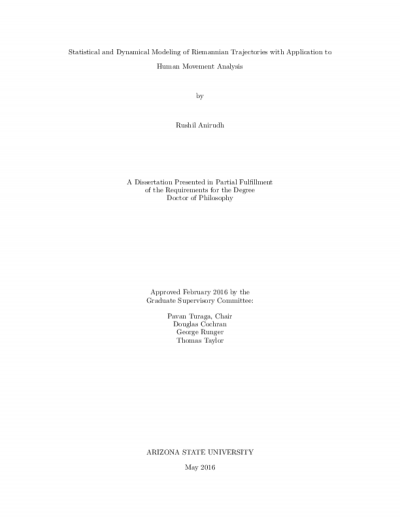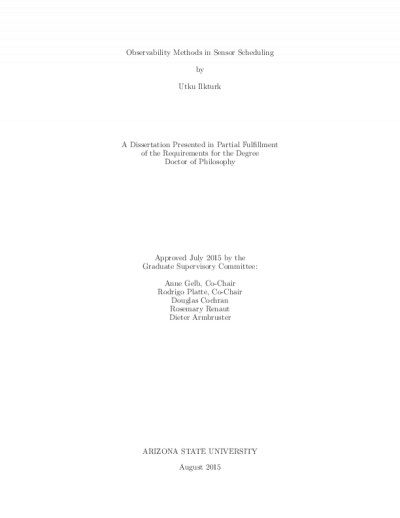Statistically Based Registration in Sensor Networks

Description
In recent years, networked systems have become prevalent in communications, computing, sensing, and many other areas. In a network composed of spatially distributed agents, network-wide synchronization of information about the physical environment and the network configuration must be maintained using measurements collected locally by the agents. Registration is a process for connecting the coordinate frames of multiple sets of data. This poses numerous challenges, particularly due to availability of direct communication only between neighboring agents in the network. These are exacerbated by uncertainty in the measurements and also by imperfect communication links. This research explored statistically based registration in a sensor network. The approach developed exploits measurements of offsets formed as differences of state values between pairs of agents that share a link in the network graph. It takes into account that the true offsets around any closed cycle in the network graph must sum to zero.
Date Created
The date the item was original created (prior to any relationship with the ASU Digital Repositories.)
2014-05
Agent
- Author (aut): Phuong, Shih-Ling
- Thesis director: Cochran, Douglas
- Committee member: Berman, Spring
- Contributor (ctb): Barrett, The Honors College
- Contributor (ctb): Mechanical and Aerospace Engineering Program








